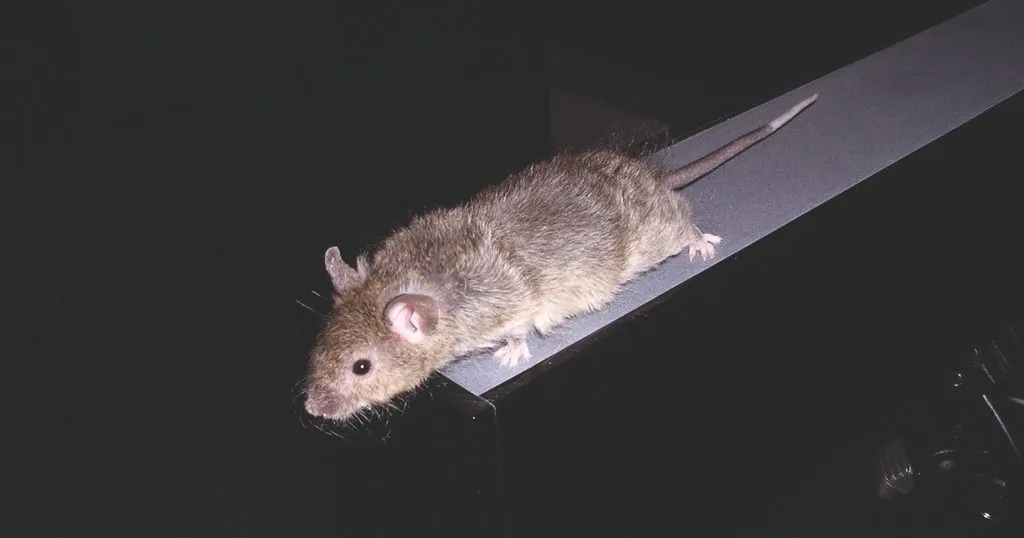Anxiety is ancient – how crayfish resemble vertebrates
Fear is something we all know. It changes our behavior: we freeze, try to escape, or respond with aggression. Fear can also cause anxiety, which is a more complex phenomenon.
Posted by
Published on
Tue 28 Oct. 2014
Topics
| Anxiety | Crayfish | Invertebrates |

Fear and anxiety
Fear is something we all know. It changes our behavior: we freeze, try to escape, or respond with aggression. Fear can also cause anxiety, which is a more complex phenomenon. While fear disappears when the source is absent, anxiety stays when there is no threat anymore. Rodents, for example, avoid the open arms of an Elevated Plus Maze when they previously were subjected to stress 1,2.
Chemistry behind anxiety
Anxiety is well-studied in humans, rodents, and zebrafish larvae. There are remarkable similarities between these three vertebrate groups in anxiety behavior and chemical pathways associated with it. Serotonine induces anxiety and benzodiazepine makes it disappear. These compounds are involved in two different chemical pathways, the serotonergic pathway and a pathway in which ɣ-aminobutyric acid (GABA) plays a role.
Anxiety in invertebrates
Up till now, hardly any research has been done on fear and anxiety in invertebrates. But this has now changed. Fossat et al.3 published a very interesting paper in the world-leading scientific journal Science. They investigated fear and anxiety in crayfish, which are invertebrates. They used an underwater plus-shaped maze with two dark arms, two light arms and a release zone in the center. This setup is very similar to an Elevated Plus Maze, which is used to study the exploratory behavior of rodents. The crayfish behavior was analyzed with EthoVision XT video tracking software.
Crayfish can be anxious
The crayfish spent less time in the light arms than in the dark arms, took longer to first enter them and had less entries to these arms. This effect increased largely when the crayfish were first subjected to stress induced by electric fields. So, light avoidance was sustainable in the absence of the stress source, which indicates anxiety. This has a striking resemblance with stress-induced avoidance of open arms of the Elevated Plus Maze by rodents.
Invertebrate chemical pathways
Interestingly, this enhanced light-avoidance could also be induced by injecting the crayfish with serotonin. And light avoidance of previously stressed crayfish disappeared when the animals were injected with serotonine-inhibitors, or with the benzodiazepine drug chlordiazepoxide. Benzodiazepine compounds, a well-known example is valium, are in in vertebrates associated with the GABA pathway and reduce anxiety. So, crayfish have the same chemical pathways linked to anxiety as vertebrates!
Evolutionary importance of anxiety
The authors found striking similarities between crayfish and vertebrates in anxiety behavior and the chemical pathways linked to it. They conclude that anxiety is an ancient characteristic that has been well preserved in evolution. Apparently, anxiety is important for survival in response to a threat. The authors also conclude that crayfish may well be suitable as a model to further unravel the background of anxiety.
References
- Pellow, S., Chopin, P., File, S. E., & Briley, M. (1985). Validation of open: closed arm entries in an elevated plus-maze as a measure of anxiety in the rat. Journal of Neuroscience Methods, 14(3), 149-167.
- Rodgers, R. J., & Dalvi, A. (1997). Anxiety, defence and the elevated plus-maze. Neuroscience & Biobehavioral Reviews, 21(6), 801-810.
- Fossat, P., Bacqué-Cazenave, J., De Deurwaerdère, P., Delbecque, J. P., & Cattaert, D. (2014). Anxiety-like behavior in crayfish is controlled by serotonin. Science, 344 (6189), 1293-1297.
Related Posts

Robust and reliable: Measuring anxiety in the Elevated plus maze

Left on read - how social rejection rewires the teenage brain

